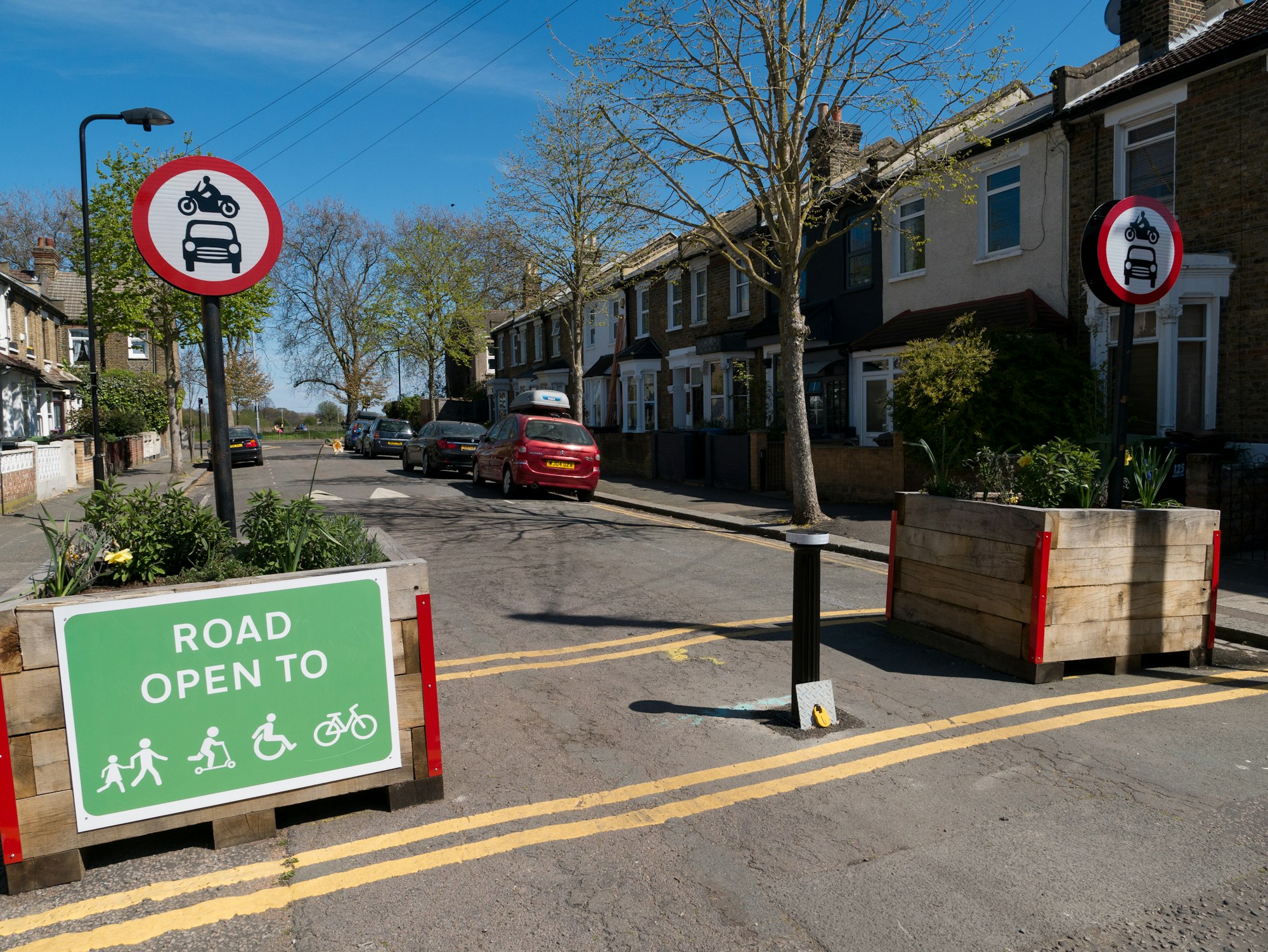Inspiring Sustainable Islington explains:
Low Traffic Neighbourhoods, People Friendly Streets, mini-Hollands, Liveable Neighbourhoods, whatever their local branding, all mean the same thing – groups of residential streets, bordered by main roads (the places designed for buses, lorries, non-local traffic), where through motor vehicle traffic is discouraged or removed. Here in Islington, they are called People Friendly Streets: https://www.islington.media/news/islingtons-first-people-friendly-streets-will-be-created-in-st-peters.
The Council has committed to rolling out 6 LTNs by the end of 2020, starting with St Peters and followed by Canonbury, Highbury, Clerkenwell, Nags Head, and St Mary’s. Have your say about your local area on the Commonplace map; over 2,000 comments to date providing invaluable input for the council’s planning officers.
Who benefits from a low traffic neighbourhood – in a word, people !
Pedestrians – anyone who walks in and around their neighbourhood will benefit from the introduction of an LTN. Walking will become safer, cleaner, quieter and healhier, just as it was during lock-down. Walking has loads of physical health benefits including managing various conditions such as heart disease, high blood pressure and type 2 diabetes and is a known mental health booster.
Parents and children – fear of road traffic injury is a key reason parents give for limiting their children’s independence Safer roads mean children are able to walk or cycle to school and breathe clean air while doing so. We have seen many more familes walking and cycling in Islington recently; it’s become a normal activity.
The elderly and people with a disability – quieter, safer road conditions encourage people to travel by means other than cars. Our streets become more accessible for mobility scooters, e-bikes,hand cycles and more. Public transport also becomes more efficient for those having to travel by bus, train or tube.
Shop owners – making streets more appealing for pedestrians and cyclists can boost footfall and trading in nearby shops by up to 40% – as seen in Waltham Forest. Those who stroll past a small independent cafe or shop are much more likely to stop than someone in a car.
Cyclists – fewer cars means safer routes for cyclists. Everyone from the very young to the very old who are on a bike will be safer on our roads – something particularly important for newer or returner cyclists choosing a bike as a means of travel over public transport or a car. And our NHS and key workers.
Emergency services – data shows response times for emergency services like the fire brigade and ambulances actually decreases when an LTN is introduced. Less traffic means that they can get to an emergency faster. Bus gates are often built into an LTN; these are points which prevent all through traffic except buses, cycles and emergency services.
Drivers – by discouraging unnecessary journeys, an LTN means less traffic and less congestion for those who genuinely need a car to get around. And only 26% of Islington residents own or have access to a car.
And of course ….
The environment – Road transport accounts for 22% of total UK emissions of carbon dioxide (CO2) a major contributor to climate change. This pollution impacts the health of everyone but especially children and the elderly. Every car journey not taken helps the environment. Planters can be used as LTN filters, greening our urban environment and fostering local community cohesion.
A few facts and figures:
- In a Kings College study, compared with 2013, changes to road infrastructure in Waltham Forest will reduce exposure to NO2 by 25% and by 13% for particulate matter by 2020
- People who are physically active take 27% fewer sick days each year than their colleagues
- By 2041, the number of Londoners over 70 will have grown by 85% – they need to be enabled to lead healthy, active indepedent lives
- The average road within the Waltham Forest mini Holland saw a 44.1% reduction in vehicles on the road and a reduction in speed from 21.6mph to 19.5mph. In Islington we are a 20mph borough but we know that’s not the case, with speeding rat running a blight on many of our roads
- If every Londoner switched car trips of under 2km to to walking and car trips of 2-8km to cycling, the share who got enough exercise to remain healthy by simply going about their business would rise from 25% to 60%.
- Around 15% of displaced traffic disappears from an LTN as drivers adjust routes and behaviour. It can take months for traffic patterns to settle, but medium-term ‘traffic evaporation’ is well-evidenced. (http://rachelaldred.org/writing/thoughts/disappearing-traffic/)
There is lots more here, here and here.
Source: Inspiring Sustainable Islington








